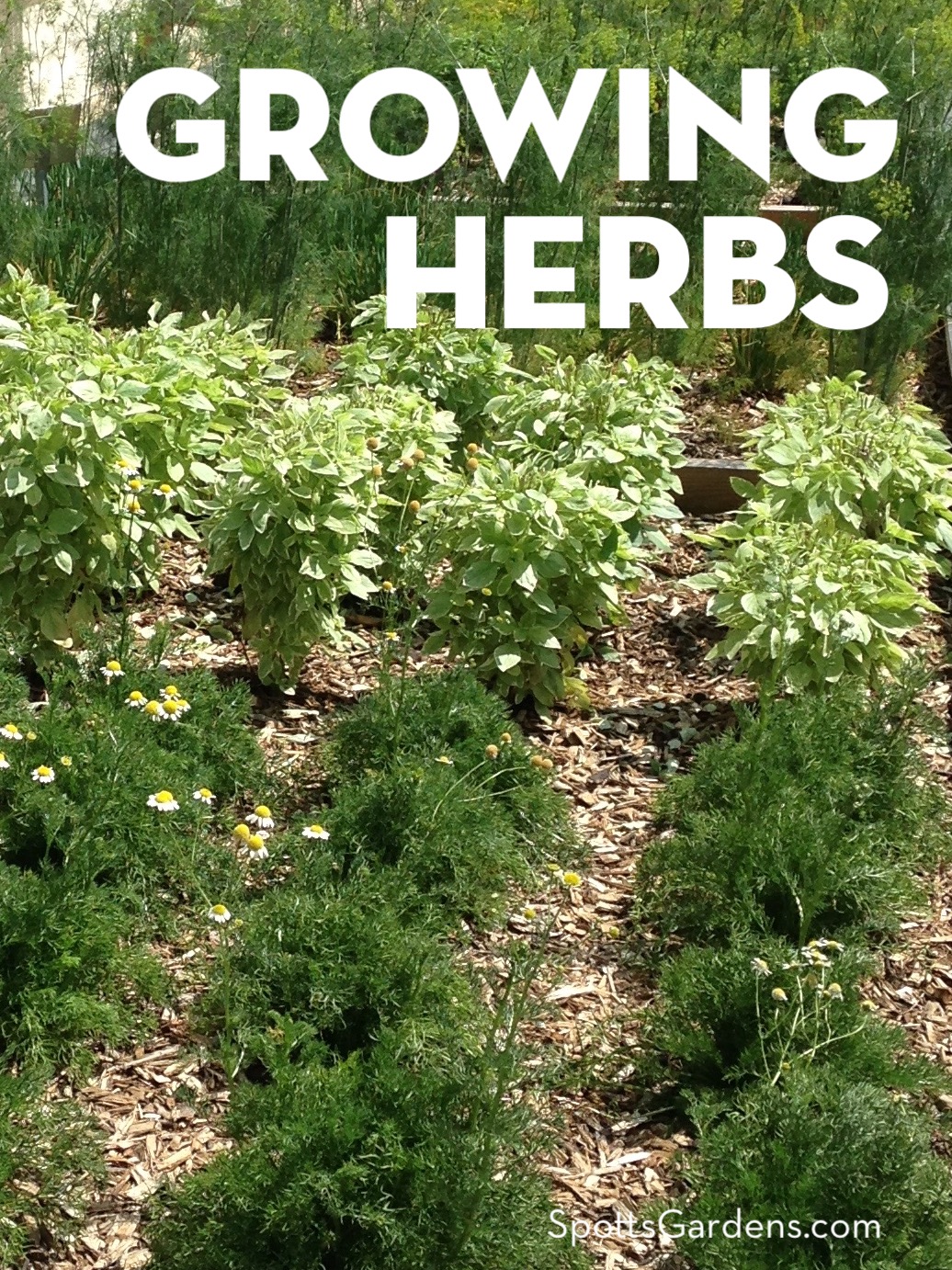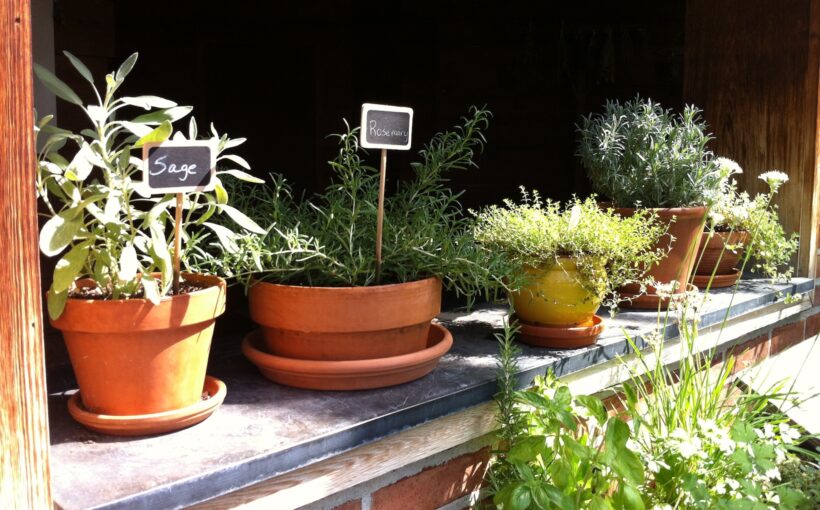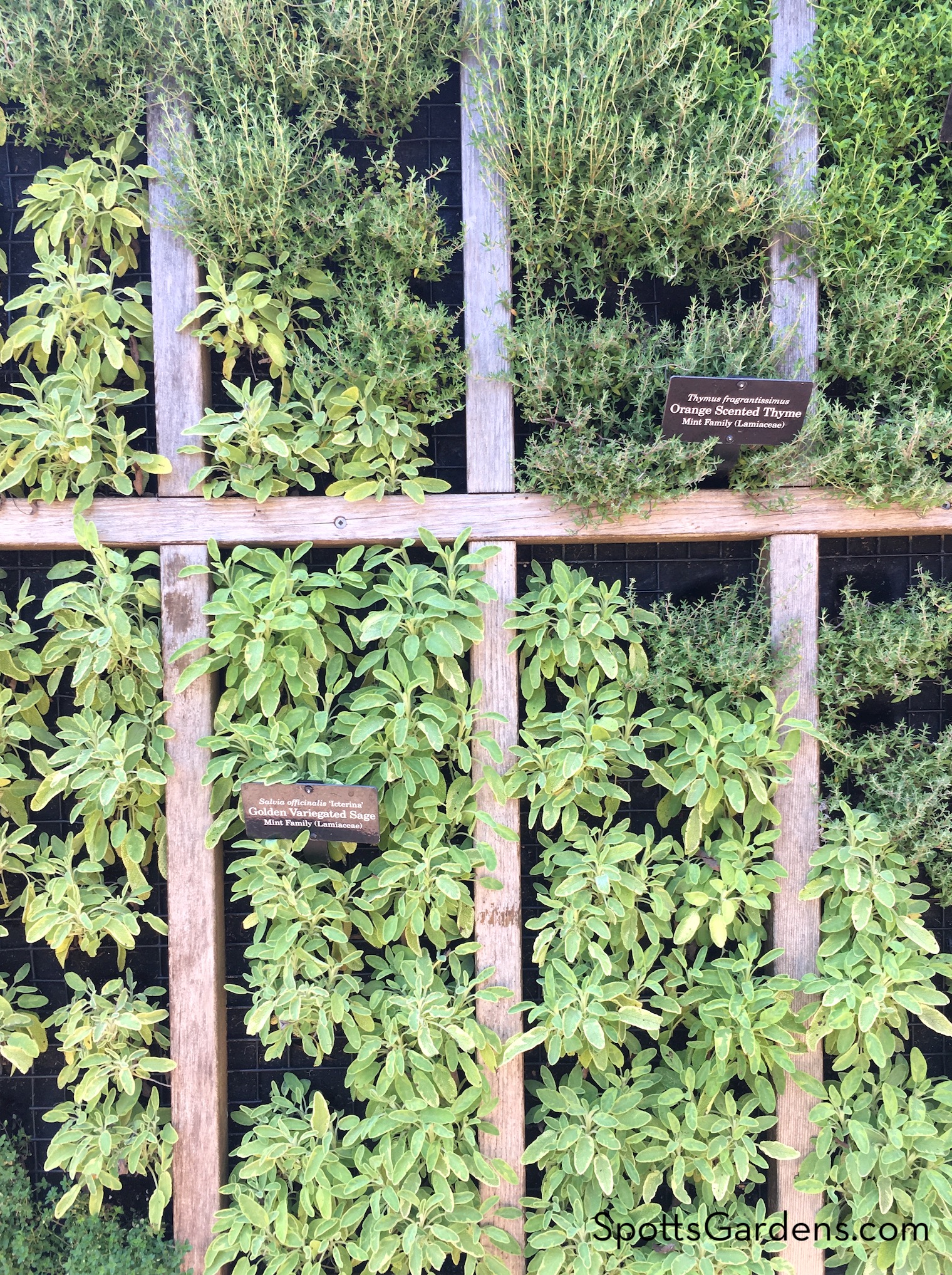Every garden should contain herbs. They’re adaptable to a wide variety of sites and conditions. With just a few plants, you can add flavor to food, perfume to potpourri, and fancy garnish to the plate. What’s more, a $5 basil plant is a much better investment than a $4 package of cut basil at the supermarket.

Which to Choose
So many herbs are available, sometimes choosing the ones for your garden can be a little overwhelming. When you’re trying to decide, think about how you plan to use them.
Do you cook a lot of Greek or Italian food? You want oregano, basil, Italian parsley, sage, and even fennel.
Plan to create bath products? Choose lavender, rosemary, and thyme for their refreshing scents and antiseptic qualities.
Want to lure in bees, butterflies, and hummingbirds? Parsley and dill are butterfly caterpillar foods, and bees love lavender flowers. Tender pineapple sage, with show-stopping scarlet flowers, attracts hummingbirds and butterflies.
Herb Growing Basics
1. Herbs like it tough. Generally speaking, the more your herbs struggle, the more flavorful they will be. So while we plant basil next to the tomatoes in the vegetable garden, we plant most of our other herbs in lean soil. Don’t fertilize either, which makes for wimpy, flavorless herbs.
2. The Mediterranean herbs (lavender, rosemary, thyme, sage, marjoram, and oregano) must have good drainage. If your herb has a slightly bluish cast, it’s drought tolerant. Wet soil will kill it. To further improve drainage, mound up soil into small hills and plant into those.
In the photo above, sage and thyme are planted in a vertical garden hung on a wall at the Chicago Botanic Garden. The soilless mix drains easily, so the Mediterranean herbs are a perfect fit for this kind of planting.
Cut the perennial Mediterranean herbs (lavender, thyme, oregano, and some sages) back by a third every spring to keep them from becoming woody and unproductive.
3. Harvest cooking herbs regularly to prevent flowering. Because you want the plants’ energy going toward producing flavorful oil, you have to prevent them from putting that energy into setting seeds.
If your goal is to feed pollinators, on the other hand, let them flower. But be sure to clip flowers off before they go to seed, or you’ll be picking chives and dill out of every bed in your garden.
4. Dill and cilantro go to seed quickly. Fortunately, dill, cilantro, and parsley are all easy to grow from seed. Plant to plan successive waves of dill and cilantro every two or three weeks, especially if you want cilantro available when the tomatoes come in.
5. While many of the most common herbs prefer full sun, other, less well-known ones can handle some shade just fine. Borage, lovage, catmint, lemon balm, and parsley all do well in part shade. So does mint.
6. Mint and lemon balm will take over any bed you allow them in. Instead, plant these super spreaders in a pot. Or you can sink a pot with drainage holes directly into the ground and plant in that. The mint may still try to escape, so keep pruners handy.
Purdue University Cooperative Extension Service has more great info about growing herbs in Indiana.
In Indiana, mid-May is prime planting time for herbs. So add some to the garden, and keep your herb scissors handy to snip all those fantastic flavors.
Want Help Creating Your Herb or Food Garden?
We’re happy to help you build beds, work food plants into the ornamental garden, or create a planting plan for you. Contact us to discuss making your garden an edible paradise!

